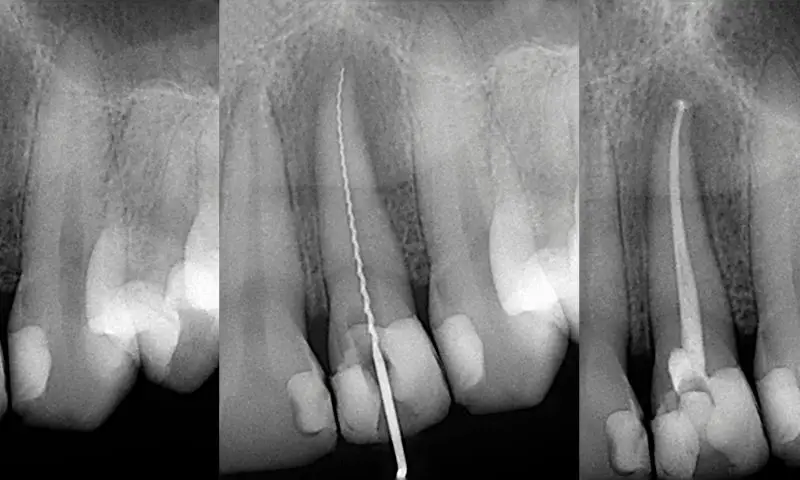After undergoing a root canal treatment, it is crucial to follow a series of post-care instructions to ensure a successful recovery, prevent complications, and guarantee the durability of the treated tooth. While the root canal procedure itself has a high success rate, proper post-operative care is essential to maximize the benefits and maintain long-term dental health.
One of the first steps to take after a root canal is managing pain. It is common to experience some discomfort or soreness in the treated area once the anesthesia wears off. The dentist will usually recommend over-the-counter pain relievers, such as ibuprofen or acetaminophen, to alleviate discomfort. In more severe cases, stronger medications may be prescribed if necessary. It is important not to self-medicate without consulting the dentist.
During the first 24 hours after the procedure, it is advisable to avoid chewing hard or sticky foods on the treated tooth. This will help prevent any pressure or damage to the area while it heals. Additionally, it is recommended to avoid consuming extremely hot or cold foods, as the treated tooth may temporarily become sensitive to extreme temperatures. Sensitivity will decrease over time, but during the first few weeks, it is important to be cautious when eating.
Another crucial aspect is maintaining proper oral hygiene. Even though the treated area is sealed, it is essential to continue brushing and flossing, but carefully around the treated area to avoid discomfort or potential infection. The dentist may recommend using antiseptic mouthwashes to prevent further infections and keep the area clean.
In some cases, the tooth treated with a root canal may require restoration, such as a crown, to protect it and restore its full functionality. If this is necessary, the dentist will schedule a follow-up appointment to place the appropriate restoration, which will help reinforce the tooth and prevent it from fracturing in the future.
It is important to attend scheduled follow-up appointments to ensure that the tooth is healing properly and that there are no complications. Additionally, if you experience persistent pain, swelling, or fever, it is essential to contact the dentist immediately, as these may be signs of an infection or complication that requires urgent attention.
By following these post-care instructions, the root canal treatment has a high success rate and can extend the lifespan of the treated tooth, ensuring a healthy and functional smile.








